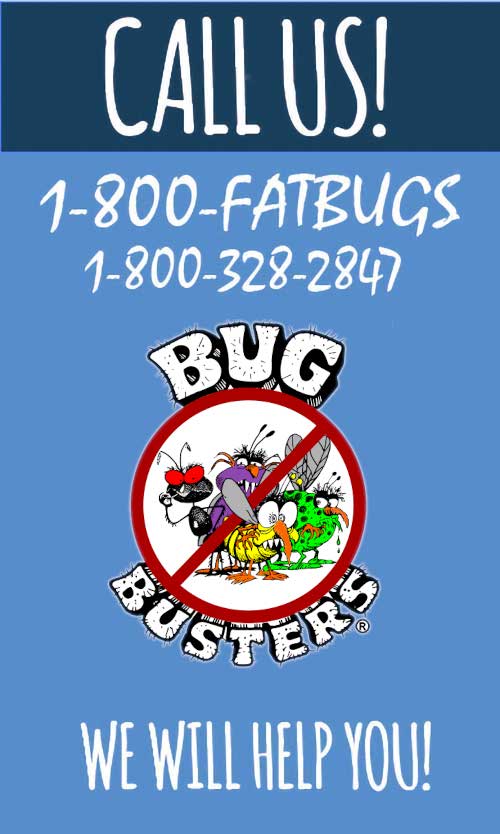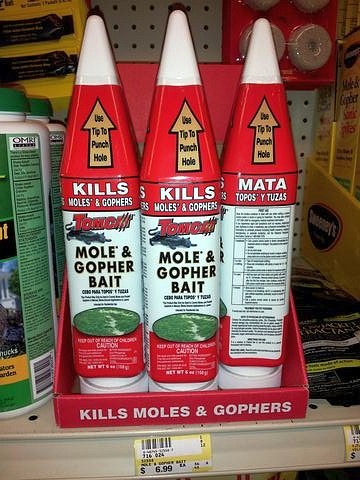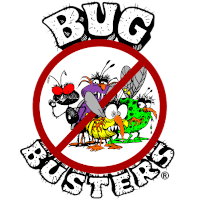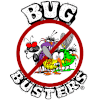
To schedule a Vole Treatment
Call Us Today!
Bug Busters has been serving the Pacific Northwest since 1987. We are your Vole Treatment experts! We look forward to being of service to you !
If you would like to take action to protect your lawn, shrubs and garden from these predators, please contact us directly at 503-538-3992 or toll-free at 800-328-2847 or leave us your e-mail address using form below and we will reach you.
A Few Vole Facts
Voles are small, weighing only 1 to 2 ounces as adults. There are several different species and they will differ in color, general size and relative length of tail, but it usually isn’t necessary to distinguish between the species to control the damage they cause.
The breeding season for all voles encompasses most of the year with peaks occurring in the spring and fall (one captive meadow vole had 17 litters during one year, totaling 83 young. A female from that first litter had 13 litters, totaling 78 young before turning 1 year old!)
Many vole populations are cyclic and can increase from only a dozen per acre to several hundred voles per acre. In North America, vole populations peak about every four years. These cycles are not regular however and they often result in severe crop damage and of course significant damage to lawns, shrubs, perennials and landscaped areas.
Voles are active day and night, year-round. They do not hibernate. Home range is usually 1/4 acre or less and varies with season, population density, habitat, food supply, etc.
Voles are semifossorial and construct many tunnels and surface runways with numerous burrow entrances.
A single burrow system may contain several adults and young!
Voles can thrive under forest litter and in fields surrounding timber stands.
Vole damage is costliest during the winter when a shortage of preferable foods forces them to eat the inner green bark layer of trees and shrubs. The gnawing required to reach this layer can severely damage or kill many young trees, shrubs, and landscape plantings
The vole damage manifests itself several ways. Sometimes it looks like wavy paths of dead grass about 2 inches wide. More often, the paths become little ditches of bare inch deep. The devastation can be extensive.
And there’s more bad news. When the snow melts, the voles don’t go away. They’re still on the property, living under mulch, in weedy areas, or somewhere undercover hiding from their predators — cats, hawks, and owls.
Voles are vegetarians and they can munch their way through a lot of additional plants after damaging your lawn. So if you did suffer vole damage on your lawn, keep an eye on your perennials this spring, if they don’t come back, they were probably lunch for some voles. Tulips planted last fall that don’t show up this spring were probably snacks. Voles also love to dig down and eat the tender roots of newly planted trees, shrubs, and flowers, so keep an eye on new transplants. The good news is voles don’t eat daffodils.
Warning signs seem to crop up overnight. Mulched areas around your yard are riddled with intricate runways–as if someone traced a path with a stick from shrub to shrub. Or maybe your ornamental plants are dying, or there’s damaged or missing bark around the base of trees.
Your first thought might be that you’ve got moles or gophers, but chances are much higher your problem is the common vole.
Check bark damage carefully. If the bark was chewed under the snow, it was probably mice or voles. If the damage occurred above the snow line, it was probably rabbits. Mice and voles may chew at the snow line by walking on the snow, but never above the snow. They will not chew off a branch of a young tree as a rabbit does.
Now that you are armed with information, you need to decide how you would like to proceed?
We recognize that a control program may not appear to be justified in comparison to the damage being incurred. However, the “ounce of prevention” rule certainly applies in Vole control. Preventive control measures that at first appear too costly will in fact prove to be a bargain.
For customers who desire to be proactive and take measures against voles Our service plan is as follows
Service is monthly, usually beginning in April/May and extending through Oct/Nov.
We do find that this is sufficient for the majority of our customers unless there are extenuating circumstances… Such as…
Neighboring homes, property or vacant land that have a strong vole presence.
If the landscaping around your home is full of delicious items that provide a draw for these rodents… In other words, we may killing dozens of them, but the buffet you are providing them with your landscpaing is hard to resist.
(Note: we understand the desire for the presence of extravagant colorful and out of the ordinary plants in your landscaping, however you may want to consider more native plants that do not present such a delicious buffet for the Voles)
If you “must have” an out of the ordinary yard, we CAN IN FACT HELP, however it may in fact take a more frequent service interval (e.g. weekly or every-other week service), the service fees for these follow up visits will be based on the amount of material applied to the runways, burrows, etc.
In conclusion, each home is different and we are happy to discuss prices further with you. However we do not have a crystal ball and we have no way of knowing in advance how “infested” your landscaping is (or that of your immediate neighbors) as such we can make no warranty with respect to the outcome of your individual case. However, please also know that we do share the same goal as you. We are striving to create a vole-free yard so that you can enjoy it without the frustration associated with voles. (Note: references are available).
Summary
You can buy this 6-ounce application of Vole Bait for $6.99 (plus tax) at your local store.
However, you would have to buy 13 of these tubes to equal the Typical 5-Pound application that we apply (with our experience and expertise) when we treat for Voles (note: this is based on an average size yard).
That means you would have to spend almost $100.00 and then apply the treatment yourself, just to equal the treatment that we expertly apply for about the same amount.
Even if you are a do-it-yourself person, wouldn’t you rather save some money and have the peace of mind knowing your Vole Treatment was applied by experts with years of experience treating vole infestations?


